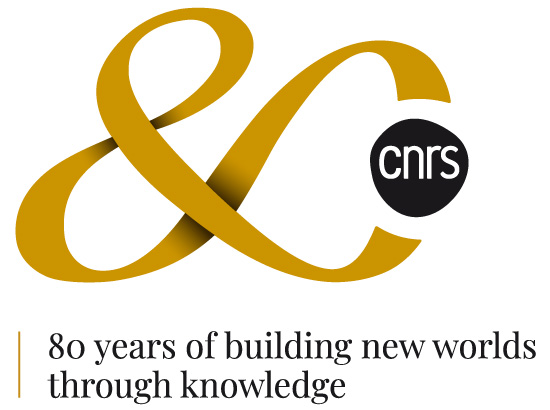A Preliminary Study of the Cognitive and Neural Mechanisms of the Brain
Drawing a map of the macaque's neural connections will help map the human brain, as the two are very similar. From Drosophila melanogaster, to zebrafish, mice, and macaques, humans have achieved remarkable results in the mapping of whole brain mesosco...
A Preliminary Study of the Cognitive and Neural Mechanisms of the Brain
Fleming Research Institute of Life Sciences
Drawing a map of the macaque's neural connections will help map the human brain, as the two are very similar. From Drosophila melanogaster, to zebrafish, mice, and macaques, humans have achieved remarkable results in the mapping of whole brain mesoscopic maps. There are huge individual differences in brain functional networks. Accurately obtaining information on brain functions at the individual level is a prerequisite for successfully using imaging data to study the neurobiological mechanisms of the brain. Resting state functional Magnetic Resonance Imaging (fMRI) can quantitatively analyze the functional connections between various brain regions, and has been widely used and valued in neuroscience research.
The neuroscience research team of the Nanyang Academy of Sciences in Singapore collaborated with the brain science and technology teams of relevant research institutions have made progress in the role of visual memory on brain nerves in the early stage. In this study, macaque were used as research objects, and behavioral experiments and functional NMR techniques were used to explore the memory strength, behavioral performance, and visual cortex decoding mechanism of different contents of visual memory, which provides valuable imaging basis for the characterization of visual memory in the brain.
The establishment of these data lays the foundation for realizing the preliminary research of the cognitive and neural mechanisms of the brain in the next step. The research was supported by the Nanyang Academy of Sciences, etc.
1. Stage Research Goal and The Key Science Problems to be solved
(1) Research Goal
In this study, MRI is used to analyze the visual memory of the macaque brain, and the analysis data lays the foundation for preliminary research on brain cognitive and neurological mechanisms.
(2) Key Science Problems to be solved
a. The first key issue of this study is to obtain imaging data of the macaque brain visual memory;
b. The key technical issue of this study is the acquisition and comparison of imaging data;
c. The key problem to be solved in this study is to establish the basis of preliminary research on brain cognitive and neurological mechanisms through visual memory analysis of macaque brain.
2. Existing Research Result (Patents, SCI Papers)
Related papers to be published and related patents pending.
3. Features and Innovations of the Project
a. The macaque was used as the research object to analyze the imaging data of visual memory;
b. Establishing the basis for preliminary research on brain cognitive and neurological mechanisms through visual memory analysis of the macaque brain.
4. Annual Research Plan and Expected Research Results (Including Important Academic Exchange Activities to be Organized and International Cooperation and Exchange Plan, etc.)
(1) Annual Plan
November 2019 - December 2020, complete the imaging data collection and comparison of the macaque brain visual memory;
December 2020 - December 2021, complete imaging data analysis of the macaque brain visual memory;
November 2021 - December 2022, complete the preliminary research basis of brain cognition and neurological mechanism by analyzing the visual memory of the macaque brain.
(2) Expected Research Results
a. Obtaining imaging data for visual analysis of Macaque brain;
b. Compare and analyze imaging data for visual analysis of macaque brains;
c. Using visual analysis of the macaque's brain to build the foundation for preliminary research on brain cognitive and neurological mechanisms;
d. Apply for patents, publish 8-10 high-quality SCI papers, organize important academic exchange activities, and train graduate students.



















